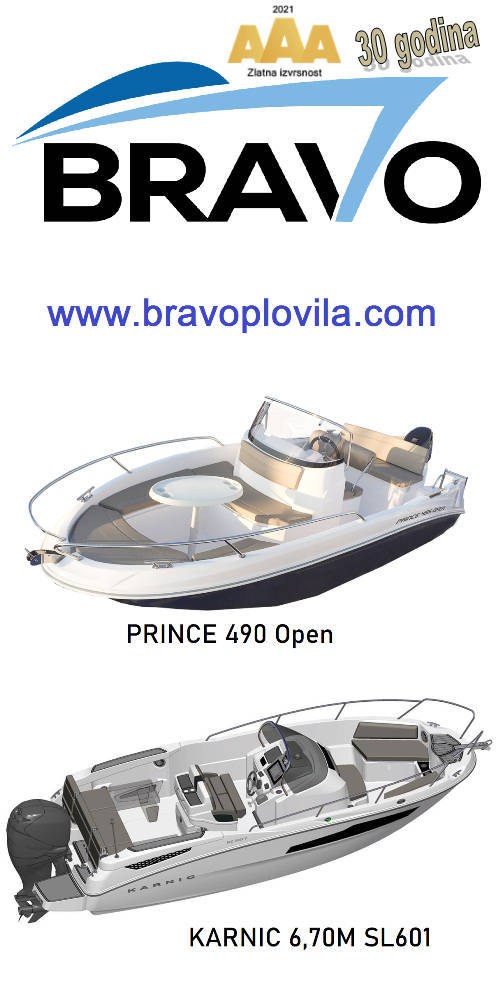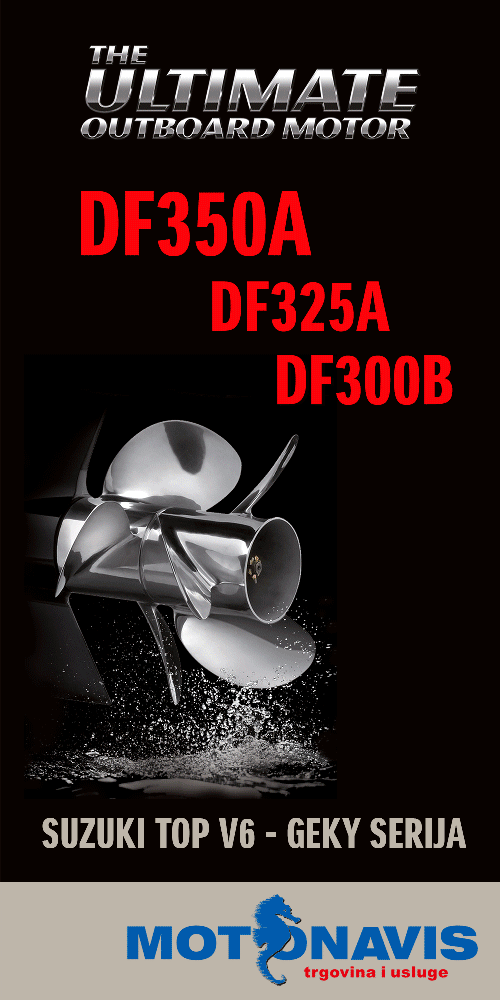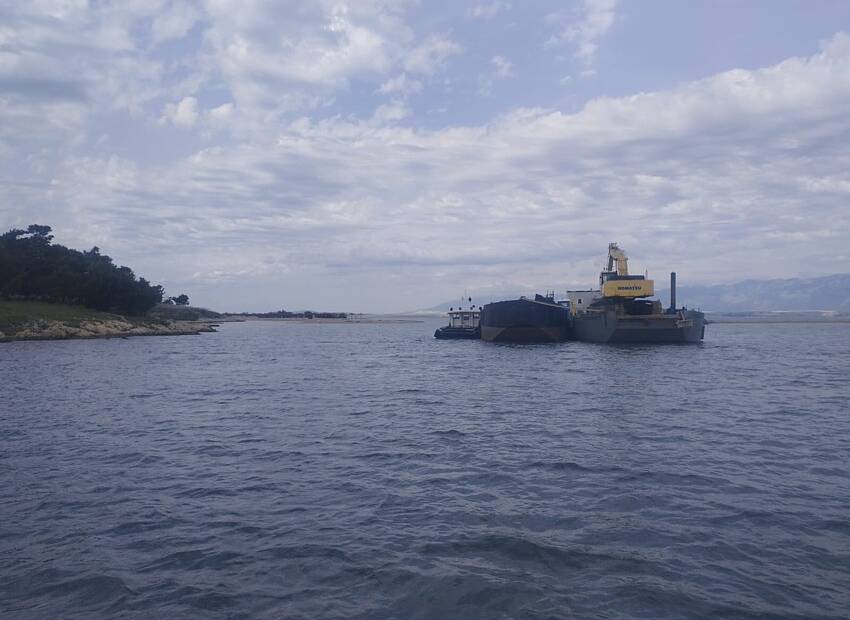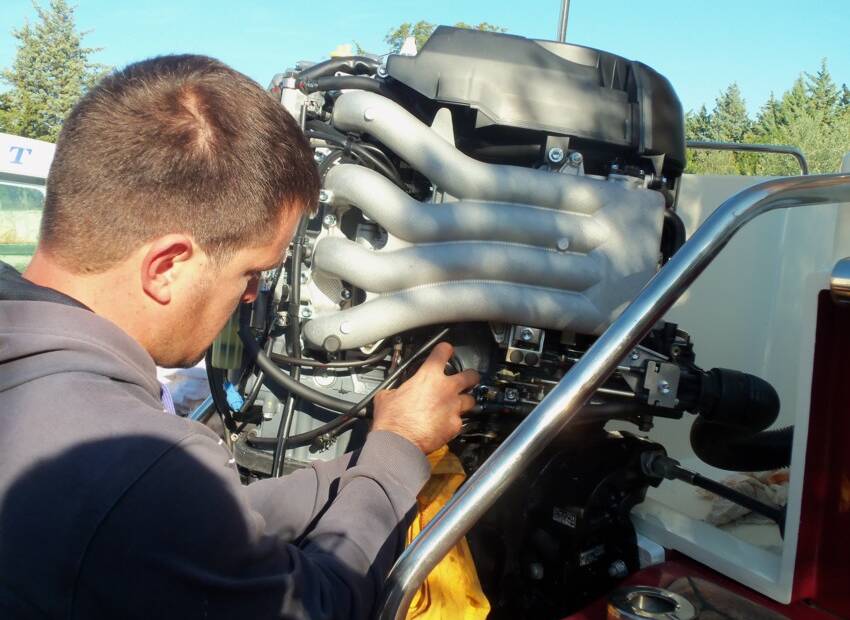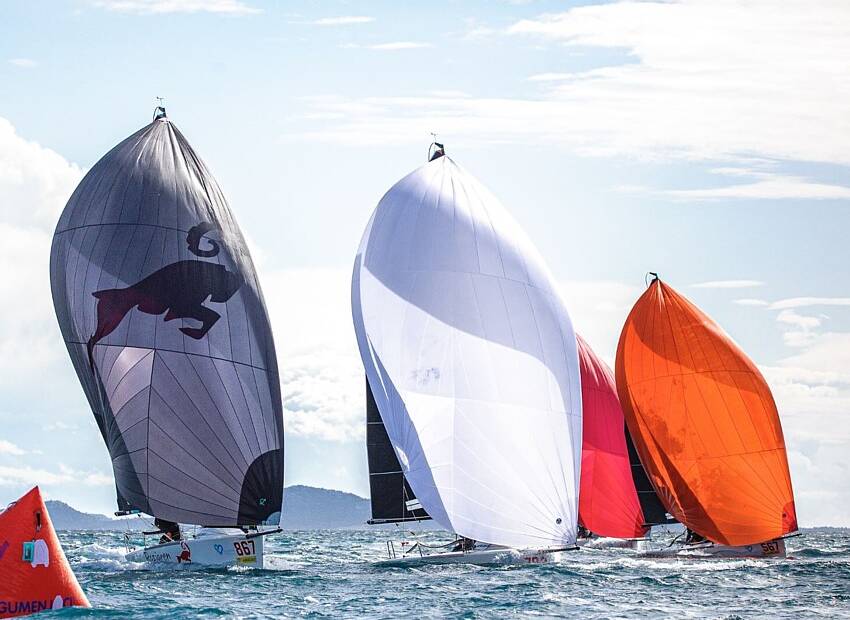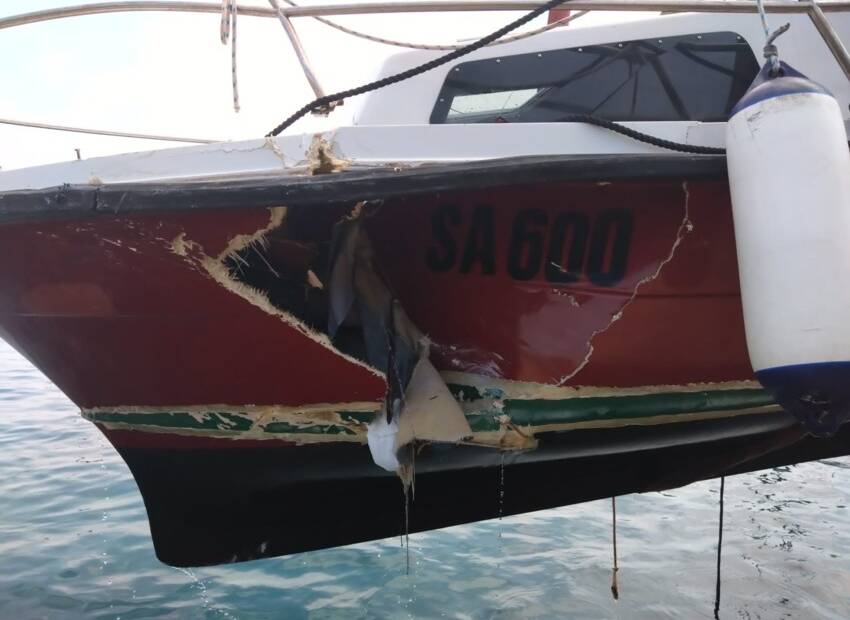Storms coming. And you're stuck in a marina...
tied up inside your slip or alongside a boat pier.
What fast and easy prep-steps could you use...
to get your small sailboat rigged and ready?
Follow these five often-forgotten sailing tips today!
~~~~~~~~~~~~~~~~~~~~
Storms coming! You need to make sure your docking lines are ready to go and that your small sailboat has the best protection available. But there are some often-forgotten steps when it comes to sailing rope and belay points. Put these sailing tips into play today for added "insurance" with heavy weather headed your way!
Are you prepared to deal with a blow in your marina? Or a storm surge or swell that lifts and drops your boat alongside or in her slip? Follow these five tips that apply to docking lines and belay points aboard and ashore for more peace-of-mind inport.
1. Smooth Your Belay Points
Cleats on your boat and ashore need to be smooth and even. Boat chocks--those openings that lead a line from the boat to shore--will often have "hard spot" corners (sharp edges). Dock cleats may have uneven surfaces, snags, or sharp areas too. Use fine grit sandpaper to smooth all belay devices aboard and ashore. This will protect your expensive docking line from excessive wear and tear.
2. Double Up all Docking Lines
Use an extra set of docking lines to double up at the bow, sides (springs) and stern. Set the doubled lines so that both are about equal in tension. You want both lines to take the load at the same time to avoid single-line load fatigue that could lead to catastrophic failure. Use copious amounts of chafing gear on each separate line to protect against wear and chafe.
3. Keep Lines Crossed for Steeper Tides
Spring lines make a natural diagonal or "X" shape to allow for tidal rise and fall. Use this same arrangement in a slip to protect the stern--in particular when you are moored stern-to the pier. Cross the stern lines in an "X" shape and lead the bitter end to dock cleats that keep both stern lines as long as possible.
4. Increase Chafing Gear and Fender Protection
Install extra chafing gear (split fire hose, strips of canvas) where your docking lines make contact with the hull, pier, pilings, or rub over tracks or corners. (also see "Related Articles section below and today's video). Lash the gear in place with waxed sailmaker twine or nylon wire ties.
Note that chafing gear has a tendency to slide up and down after a while. Boost protection when you make the gear longer than you think necessary. 18" in storms may not be a bad idea. That way, when the gear shifts position, it should continue to protect your hull. Beef up the lashings with additional nylon ties. Hang extra fenders on both sides of the boat.
5. Strip Your Boat of Excess Windage
Walk down any marina; check out any mooring field, look over any anchorage after a major hurricane or storm. What do you see? Without a doubt, some of those furling Genoas will be shredded like Swiss cheese. And that's not all. Any canvas covers or attachments left topside may have caused boats to drag or even break from their moorings.
Strip your boat of her furling Genoa and sheets. Remove dodgers, Bimini tops, weather cloths and all other deck gear. In effect, make your deck smooth, clean and free of any gear. Stow it below or take it home with you.
Get instant access to 400+ sailing articles, videos, live discussion forums, and free ebooks! Click here to find out more!





